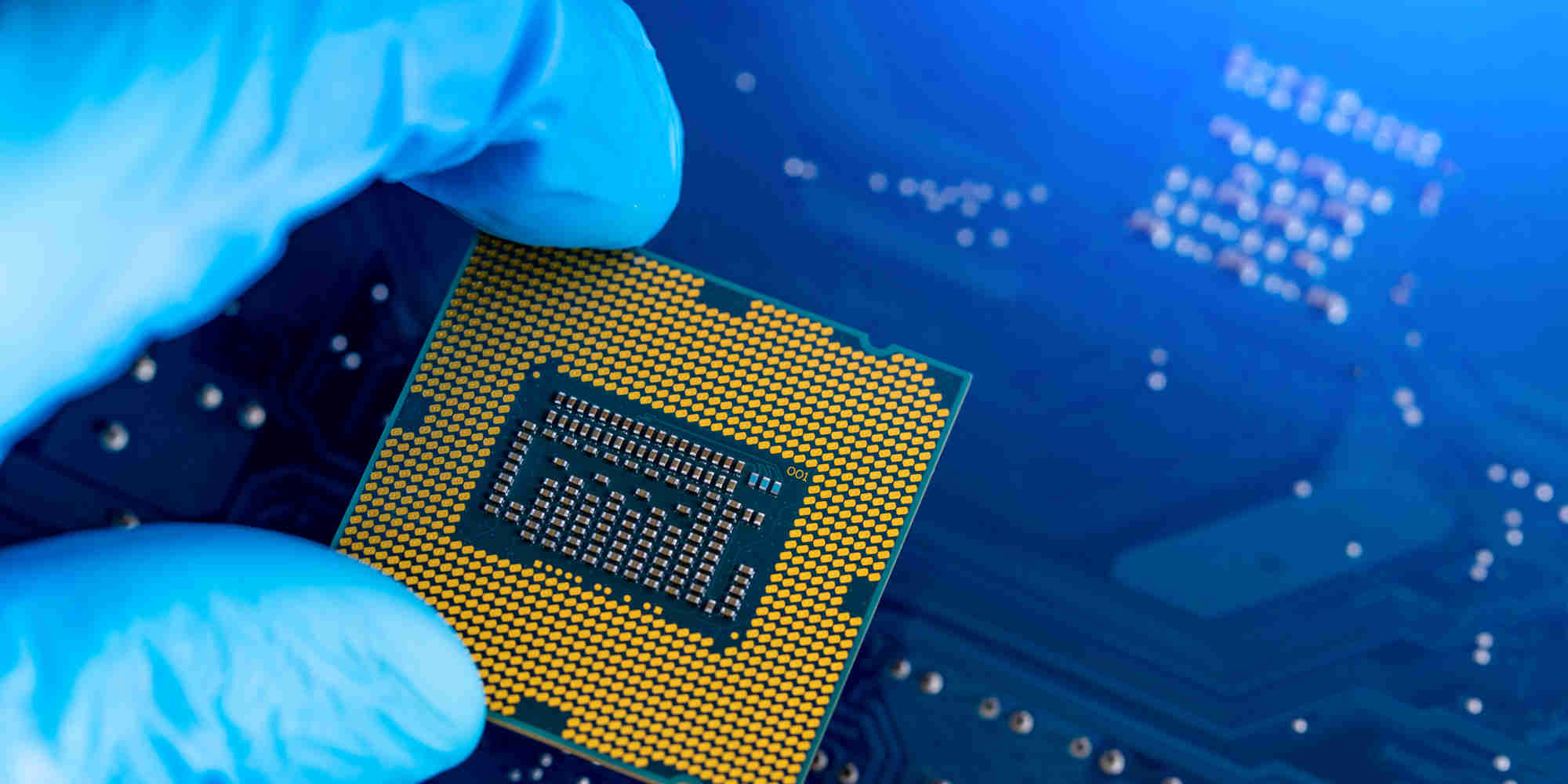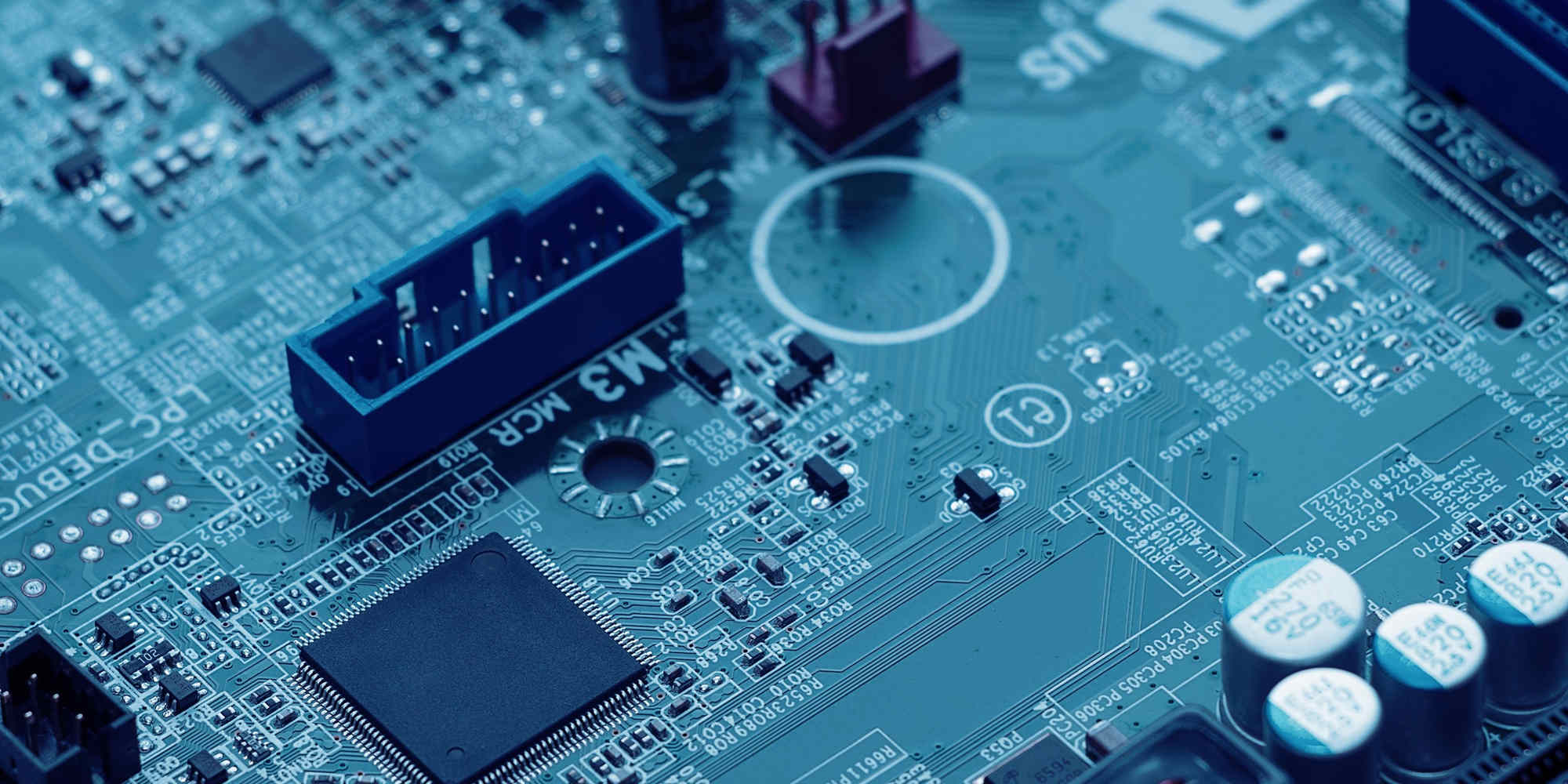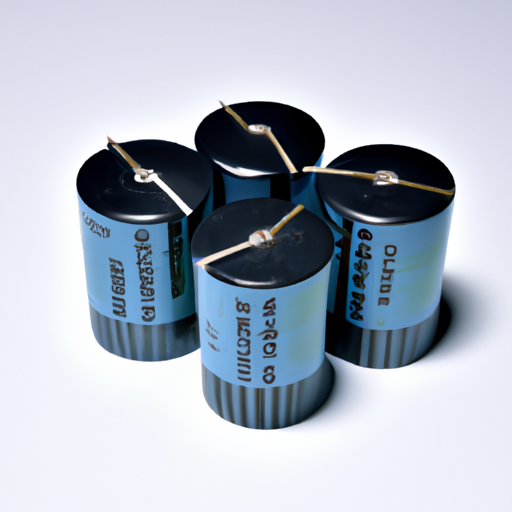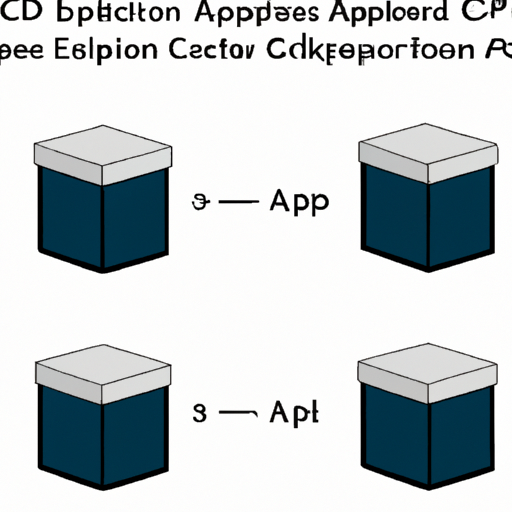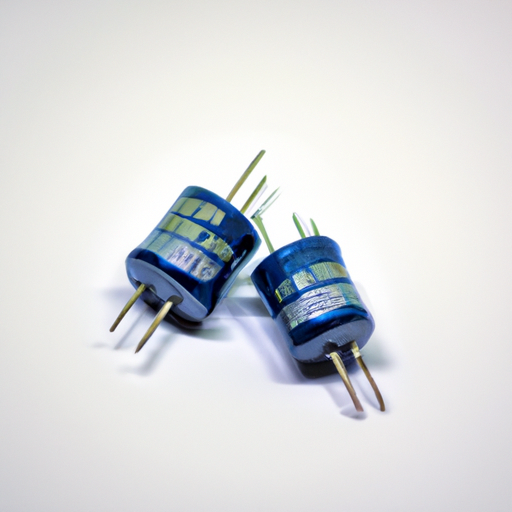CORE_COMPETENCE
Product_Leaders
index_more
index_more_content
info_item01
info_item_content01
info_item02
info_item_content02
info_item03
info_item_content03
info_item04
info_item_content04
NEWS
NEWS
CFR-50JB-52-1M1 Film Capacitors highlighting the core functional technology articles and application development cases of Film Capacitors that are effective.
Core Functional Technologies of Film Capacitors1. Dielectric Material: Film capacitors utilize thin plastic films as the dielectric material, which can be made from various polymers such as polyester (PET), polypropylene (PP), and polycarbonate (PC). The choice of dielectric affects the capacitor's performance, including capacitance stability, temperature coefficient, and voltage rating.
2. Low ESR and ESL: Film capacitors typically exhibit low equivalent series resistance (ESR) and equivalent series inductance (ESL), making them suitable for high-frequency applications. This characteristic allows for efficient energy storage and discharge, minimizing power losses. 3. High Voltage Ratings: Film capacitors can handle high voltage applications, making them ideal for power electronics, motor drives, and renewable energy systems. Their robust construction allows them to maintain performance under high-stress conditions.
4. Temperature Stability: Film capacitors have excellent temperature stability, which is crucial for applications that experience varying thermal conditions. They maintain their capacitance value over a wide temperature range, ensuring reliable operation.
5. Long Lifespan: With a low failure rate and high endurance, film capacitors are known for their longevity. They are less prone to aging compared to electrolytic capacitors, making them suitable for applications requiring long-term reliability.
6. Environmental Resistance: Many film capacitors are designed to withstand harsh environmental conditions, including moisture, chemicals, and UV exposure. This makes them suitable for outdoor and industrial applications.
Application Development Cases1. Power Electronics: In power supply circuits, film capacitors are used for filtering, energy storage, and snubber circuits. Their low ESR and ESL characteristics help improve the efficiency of power converters and inverters, which are critical in renewable energy systems like solar inverters and wind turbines.
2. Audio Equipment: High-fidelity audio applications benefit from film capacitors due to their low distortion and high-frequency response. They are often used in crossover networks, signal coupling, and decoupling applications in amplifiers and speakers.
3. Motor Drives: In variable frequency drives (VFDs), film capacitors are employed for DC link applications, providing energy storage and smoothing out voltage fluctuations. Their ability to handle high ripple currents makes them ideal for this application.
4. Telecommunications: Film capacitors are used in RF applications, including filters and matching networks, due to their stability and low losses at high frequencies. They help maintain signal integrity in communication systems.
5. Consumer Electronics: In devices such as televisions, computers, and smartphones, film capacitors are used for decoupling and filtering applications. Their compact size and reliability make them suitable for modern electronic designs.
6. Lighting Applications: In LED drivers and electronic ballasts, film capacitors are used for power factor correction and energy storage. Their ability to handle high voltages and currents ensures efficient operation of lighting systems.
ConclusionThe CFR-50JB-52-1M1 film capacitor exemplifies the advanced technology and versatility of film capacitors in various applications. Their unique properties, such as low ESR, high voltage ratings, and long lifespan, make them indispensable in modern electronic designs across multiple industries. As technology continues to evolve, the demand for reliable and efficient capacitors like the CFR-50JB-52-1M1 will only increase, driving further innovation in capacitor technology and applications.
Future TrendsAs the electronics industry continues to push for higher efficiency and miniaturization, film capacitors are expected to evolve further. Innovations may include:
- Enhanced Dielectric Materials: Research into new polymers and composite materials could lead to even better performance characteristics, such as higher capacitance values and improved thermal stability.
- Integration with Smart Technologies: The integration of film capacitors into smart devices and IoT applications will likely increase, as their reliability and performance are crucial for the functionality of these technologies.
- Sustainability: With a growing emphasis on environmentally friendly products, manufacturers may focus on developing biodegradable or recyclable film capacitors, aligning with global sustainability goals.
In summary, the CFR-50JB-52-1M1 and similar film capacitors will continue to play a vital role in the advancement of electronic technologies, supporting the demands of modern applications while paving the way for future innovations.
2025-04-30
CFR-50JB-52-1K1 Ceramic Capacitors highlighting the core functional technology articles and application development cases of Ceramic Capacitors that are effective.
Core Functional Technologies of Ceramic Capacitors1. Dielectric Material2. Temperature Stability3. Voltage Ratings4. Miniaturization5. Low ESR and ESL6. High Capacitance Density1. Power Supply Decoupling2. RF and Microwave Applications3. Automotive Electronics4. Consumer Electronics5. Industrial Automation6. Medical Devices Application Development Cases ConclusionThe CFR-50JB-52-1K1 ceramic capacitor exemplifies the advancements in ceramic capacitor technology, offering high reliability, stability, and performance across various applications. Its effectiveness in power supply decoupling, RF applications, automotive electronics, consumer devices, industrial automation, and medical devices highlights the versatility of ceramic capacitors in modern electronic design. As technology continues to evolve, ceramic capacitors will remain a fundamental component in driving innovation across multiple industries, ensuring that electronic devices are more efficient, reliable, and compact.
2025-04-27




